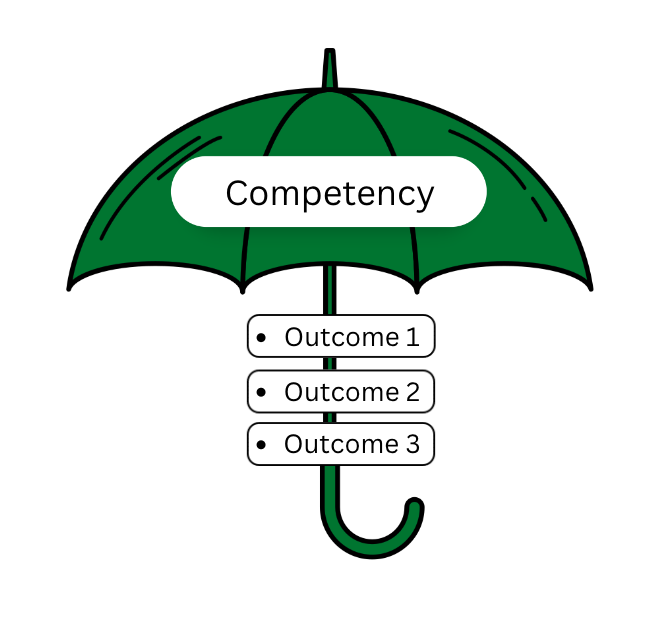Changing your life one “Tiny Habit” at a time…
Fogg claims that, “When you learn my Tiny Habits method, you can change your life forever.” Well, it hasn’t been “forever” yet for me, but the changes I’ve made using this method have been incredible so far! My productivity and motivation have increased noticeably. I am more focused and “present” to the tasks at hand.
The basic premise is to hook a tiny behavior with an existing, well-established behavior. You use the established behavior to trigger the new behavior. It is important that the new behavior—“Tiny Habit”—is simple to do, takes no more than 3 seconds, and has no “pain” associated with it.
The Behavior Grid is very helpful in determining the duration of change you want to make: a one-time, short term or certain span of time, or “forever” and the type of change you want to make. Do you want to add a new behavior, do a familiar activity, increase the frequency of an existing behavior, decrease the frequency of a behavior or eliminate a behavior?
The SlideShare The Top 10 Mistakes in Behavior Change is very helpful as well. It takes about 10 minutes to go through.
My informal research project is how many changes can I make to my behavior that move me closer to my overall goals of well-being and productivity using Tiny Habits? I am currently up to 20 Tiny Habits—in addition to integrating many new keyboard shortcuts (recommended by one of the coaches) and doing quick stretches throughout my day. I keep track of how often I integrate the new Tiny Habits for the week and reflect on what has made some changes easier to incorporate than others. I am finding that the more Tiny Habits I incorporate, the easier they all are to remember to do.
Fogg suggests the following “recipe” for stating Tiny Habits:
After I ______, I will _____.
I have tried some variations like Before I_____, I will _____ and While I _____, I will _____ but neither were as effective as his suggestion. One of Fogg’s Tiny Habit recipes is “After I brush my teeth, I will floss one tooth.” Simple, easy, fun, and usually leads to flossing more than just one tooth! Some examples of Tiny Habits I have integrated so far are:
After I sit down at my desk, I will write down one small “to do”.
After I sign in on my computer, I will set Pester[1] for 15 minute repeats.
After I read an email, I will deal with it immediately.
After I eat something, I will quietly say “thank you”.
After I start the car, I will take three long relaxing breaths.
It is fun to remember to do these small things. Fogg encourages rewarding yourself with some sound or action that celebrates carrying out the intended action which are small successes sprinkled throughout the day. I have found this to be very reinforcing and I feel great about remembering to do the Tiny Habits. The following SlideShare offers some great celebration ideas: http://www.slideshare.net/tinyhabits/dr-bj-fogg-ways-to-celebrate-tiny-successes
“Tiny Habits” means choosing small steps that are triggered by existing behaviors and then celebrating successes. I don’t know about “forever” but I know that right now change is underway. If you’d like to know more about Tiny Habits, drop us a line at the Centre.
[1] Note: Pester (http://pester.en.softonic.com/mac) is a simple free timer program I use to help me remember to do the neck stretches the chiropractor suggested which makes it easier for me to stay focus longer on desk-based activities.


